Ystalyfera
History and Heritage
Godre'rgraig School, Ystalyfera
The first school built at Ystalyfera was that erected on the side of the old road, called Craigymerched but which should be called "Coedcae-y-merched road". That was the main road through that part of Craigarw and was the reason why it was built on what would now be regarded as an inaccessible spot. The site of the school was called Twynyrysgol. The school was built by the natives of the district and maintained at their expense. At one time it was rather popular. The original building has long disappeared but it should be remembered as the first school in the district and the public building at which Nonconformist services were first held.
Mr James Palmer Budd and his wife Mrs Emily Budd built the second school, on the site now occupied by Wern House, about 1840. A Miss Coburn was the first headmistress at the school, which catered for girls. Infants and boys departments were provided later. Children were taught the Catechism and the Creed. The School was carried on as a Church School until 1870, when the teaching of the Creed was discontinued. It was maintained by penny poundage, contributed by the Ystalyfera Ironworks workmen. The school was taken over in 1881 by the Llanguick School Board. The agreement of transfer provided that the school and master's residents were to be let to the Board for an annual rental of £150. The poundage system was maintained and the money handed over to the Board.
A loft was placed in the first chapel at Pantteg in 1846 in order that a school could be held there. This was the founding of the British School and was maintained by Pantteg Chapel, with members as school managers.
Godre'rgraig's first school was built in 1863, by the sturdy inhabitants in their spare time. In those days, a great deal of voluntary labour was done.
Pantteg School, the fifth school, was that erected by the Llanguick School Board, this being the only one built by them apart from the Wern Schools to replace the old, and consequently has always been known colloquially as the Board School or Pantteg Council School. It was built in 1876.
The credit for the building of the Ystalyfera County School was due to the late Mr David Thomas. The school was opened on 20th October 1896 with 81 scholars. This number was increased to 91 and 92 respectively in the second and third terms.
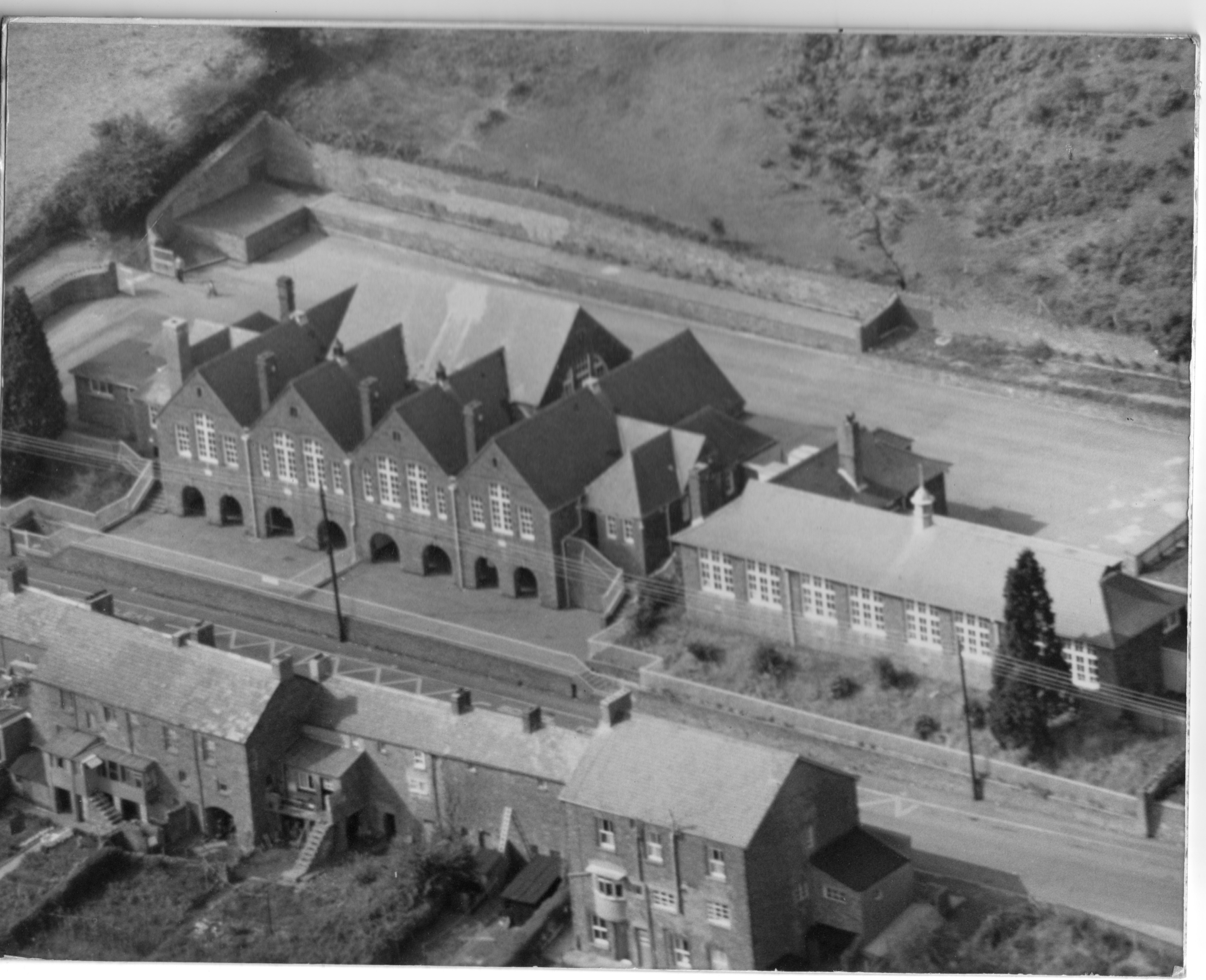
Godre'r graig School Given by Dr Kevin L Davies
GODRE'RGRAIG SCHOOL
GRAIG ROAD
GODRE'RGRAIG
The newspapers which did provide any data on the Godre'rgraig School were The Cambrian, The Cambrian Daily Leader and The Llais. However, in order to allow this article to read smoothly I have dispensed with the headings of the names and dates of the newspapers as many issues only contained one line of information or reference to a certain person. Obviously the section: [opening paragraph] sourced from The History of Pontardawe and District has been acknowledged.
Val
GODRE'RGRAIG MIXED SCHOOL
TAKEN FROM HISTORY OF PONTARDAWE AND DISTRICT by John Henry DAVIES
"Miss Margaret A Harris took charge of the Godre'rgraig School on 26th June 1882, when the attendance was 48. On 5 January 1883, the Inspector reported that if the premises were to be occupied as a school in future, the playground and the approaches to the offices must be considerably improved, and a porch (which could be used as a cloakroom), built at the front entrance. There were no means of ventilating the cloakroom.
On 19 February 1883, Miss Mary Price became head teacher of the school. Afterwards she was appointed as headmistress of the Infant Department at Gwauncaegurwen. In 1883, were: Mary Price certified, M A Samuel monitress and Gwen Jones monitress. The average attendance on week ending 14 September 1883 was 98. Absenteeism was due to bad weather, measles, chickenpox, scarlet fever, whooping cough, swollen faces, St David's Day, Fairs, Menagerie, and Circus etc.
On 28 September 1885, Rachel Evans took charge of the school and on 4 June 1888, Mary Williams followed. She was assisted by M A Samuel and R A Davies. The first standard was sent up to Pantteg School.
Margaret Thomas commenced duties as mistress on 7 April 1896. She suffered from deafness. In the Log Book she recorded: 26 April 1899 - "cannot possibly keep school this afternoon. The children have gone to see the procession of Wombwells Menagerie."
A supplementary teacher was engaged in 1907 at £25 per annum."
The formal opening, by the Glamorgan Education Committee, of the new Godre'rgraig School took place on Monday 16th November 1908 where by Mr T Powell HM Inspector for Glamorgan referred to his connection with the district in a speech given to the large gathering.
A public meeting was afterwards held at the school, Rev D B Davies presided - Rev T V Evans Clydach proposed thanks to Mr Powell - Mr Daniel Daniels, Mr Bowen Trebanos and Astley Samuel supported.
Mr Powell HM Inspector, in reply said he felt it a great privilege to officiate and thanked the managers. During the last three years he had attended the opening of 17 schools but this was the first time he had been asked to open one himself. His relationship with the managers had been very cordial; he had six groups of managers to deal with and they had been able to get along very well.
The new school was substantial, up-to-date and modern in every respect; in fact they had the best that money and science could provide. He had been in some of the London schools and as far as equipment and building were concerned Godre'rgraig had a school equal to anything, there. A natural question was "Why all this expenditure; what is the goal?"
Mr Powell then dealt with the expenditure upon schools, which were intended to form and strengthen character, to develop intelligence and to fit boys and girls for their daily walk in life. If those three points were grasped in the business of education and by the children themselves they would have a higher and loftier conception of the elementary school.
The school was not intended as a grant earning factory or merely to prepare boys and girls to pass examinations. Some of the most prominent men of the day were very poor hands at examinations and the true aim of education was frequently lost sight of in the clamour of the examination room. The results of examinations were frequently superficial and very illusory.
He hoped that a large number would win scholarships and find their way to secondary schools but an elementary school was complete in itself. Many of the boys attending that school would not find their way to a secondary school or the university college and all their education would be received there and the education given at the elementary school ought to fit the boys in the best possible manner for the walks of life.
What was the school intended for? To form and strengthen character: That was the cornerstone on which everything else was built. If that failed the whole superstructure might as well topple down: everything else would be of little value. Mr Powell then referred to the remarks of Mr Herbert Lloyd at the opening of the Rhos School that the children were not taught good manners. There might be some grounds for that what he trusted that the excellent syllabus of religious and moral instruction which the County Council had adopted would stamp out that stigma. The children ought to be taught to be clean and neat, respect for others, to be honourable and truthful in word and deed, to cultivate habits of industry and self-control, to encourage perseverance and self-sacrifice, to reverence what was good and noble, to have consideration and respect for their fellows and colleagues, to be unselfish in all things, to be patriotic and love their country. All those features would go to build up a moral character and the more they strove to reach those ideals they would be carrying out the true aims of education.
Thankfully the meeting must have included a newspaper writer as he/she had not only made a note but printed a paragraph on this THE NEW SCHOOL which enables us to have an insight into its appearance when completed.
The school gives accommodation for 320 scholars and consists of six classrooms and large central hall with cloakrooms and headmasters room. Advantage has been taken of the slope to provide below the front part of covered playgrounds. The building is faced externally with polled stone work, with Forest of Dean stone dressings and the roofs are covered with Bangor slates. Internally, the walls have a glazed brick dado. Cloakrooms and entrances have floors of red tiles, the remaining floors being pitched pine wood blocks on cement concrete. The internal woodwork is stained green and varnished and the external painted green and white. Heating is by a low pressure hot water system, installed by Messrs J Legg and Sons Swansea but fireplaces are provided in case of emergency. There is a complete system of ventilation. The site is over an acre and allows for the future enlargement.
The total cost will amount to £5,300. The contractor was Mr William Morgan Ystalyfera. The school was designed by and carried out under the superintendence of Mr W J Nash County Education Architect.
SCHOOL NEEDS TO BE CONNECTED TO SEWERAGE
Obviously judging by the dates not all of the work on the school was undertaken at once, as in 1915 at one of the fortnightly meetings of the Pontardawe District Council presided over by Mr John M Davies and held in April of that year, it was noted by the chairman that in future he would not allow any questions to be asked to the engineer or the sanitary inspector without proper notice being given to the proper officers and/or himself.
Mr R A Jones said that having regard to the new ruling he would like to know how much notice the chairman required.
The chairman replied that a couple of days would be sufficient.
In reply to Mr Joseph Thomas, who asked when the County Council proposed connecting the Godre'rgraig Schools with the sewerage, the engineer said he hoped to have a list of those who had not been connected ready in a few days. It was decided to call the attention of the county council to the matter.
Shown by my research on the cemeteries there were increased deaths especially in children throughout the Spanish Flu epidemic of 1918-19 and it is noted in the second week of July 1918 alone, that Godre'rgraig School had in fact 60 children and two members of the staff down with flu.
In 1909 a gentleman called Arthur Ivor Davies, the son of Evan and Mary Davies and living at the time at Vardre Road Clydach became the first head master of the school, now able to accommodate 320 boys, girls and infants [mixed]. The mistress was Mrs Margaret Thomas. The heads and teachers will be found on separate pages.
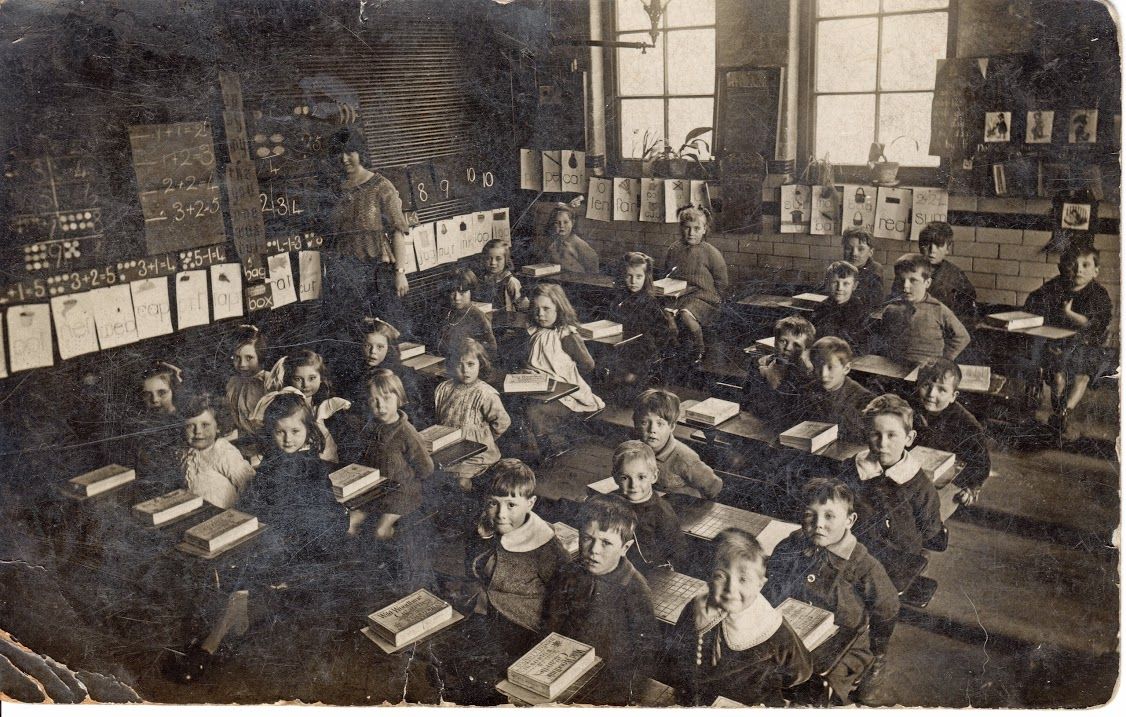
Godre'rgraig School, Ystalyfera
Thank You to Mairona for the photograph
Godre'rgraig School today can be found online at:-
http://www.npted.org/schools/primary/godrergraig/Pages/default.aspx
Godre'rgraig School July 2019
In July 2019, Neath Port Talbot Council closed the school, citing apparent geological concerns and moved all the children elsewhere into temporary accommodation for the new school year. The following photographs were taken in late July 2019 and may be some of the last taken of the school.
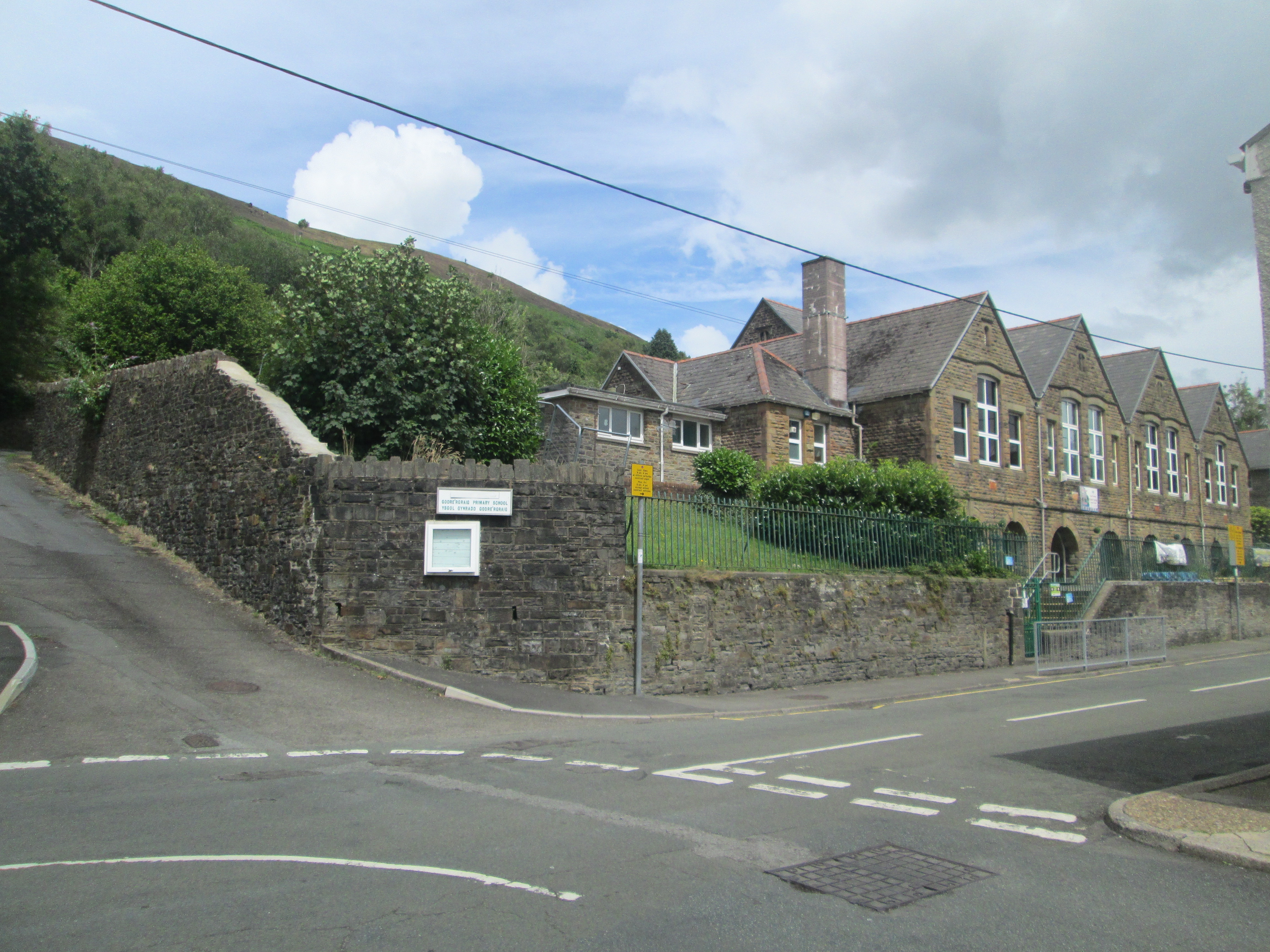
|
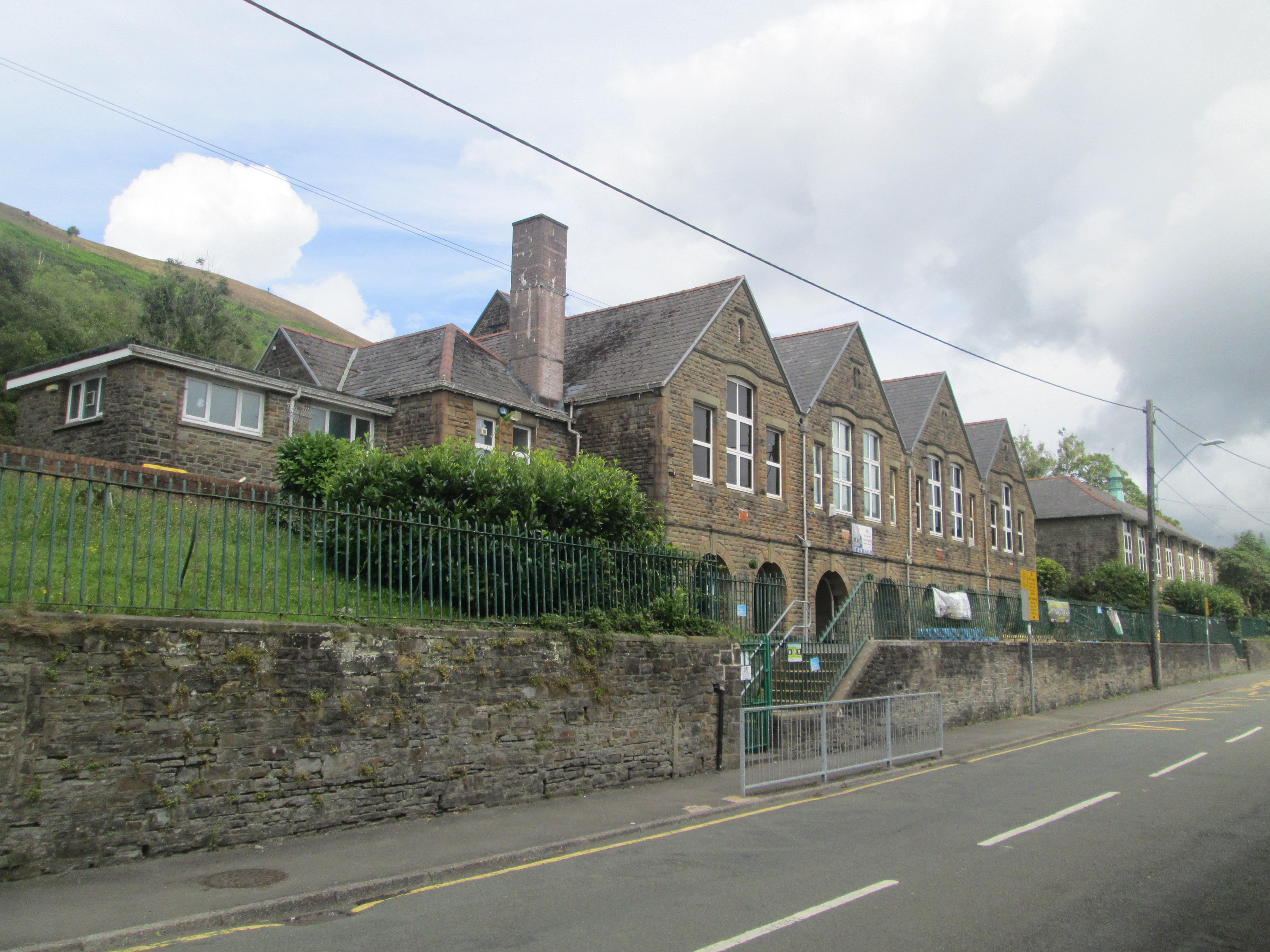
|
|

|
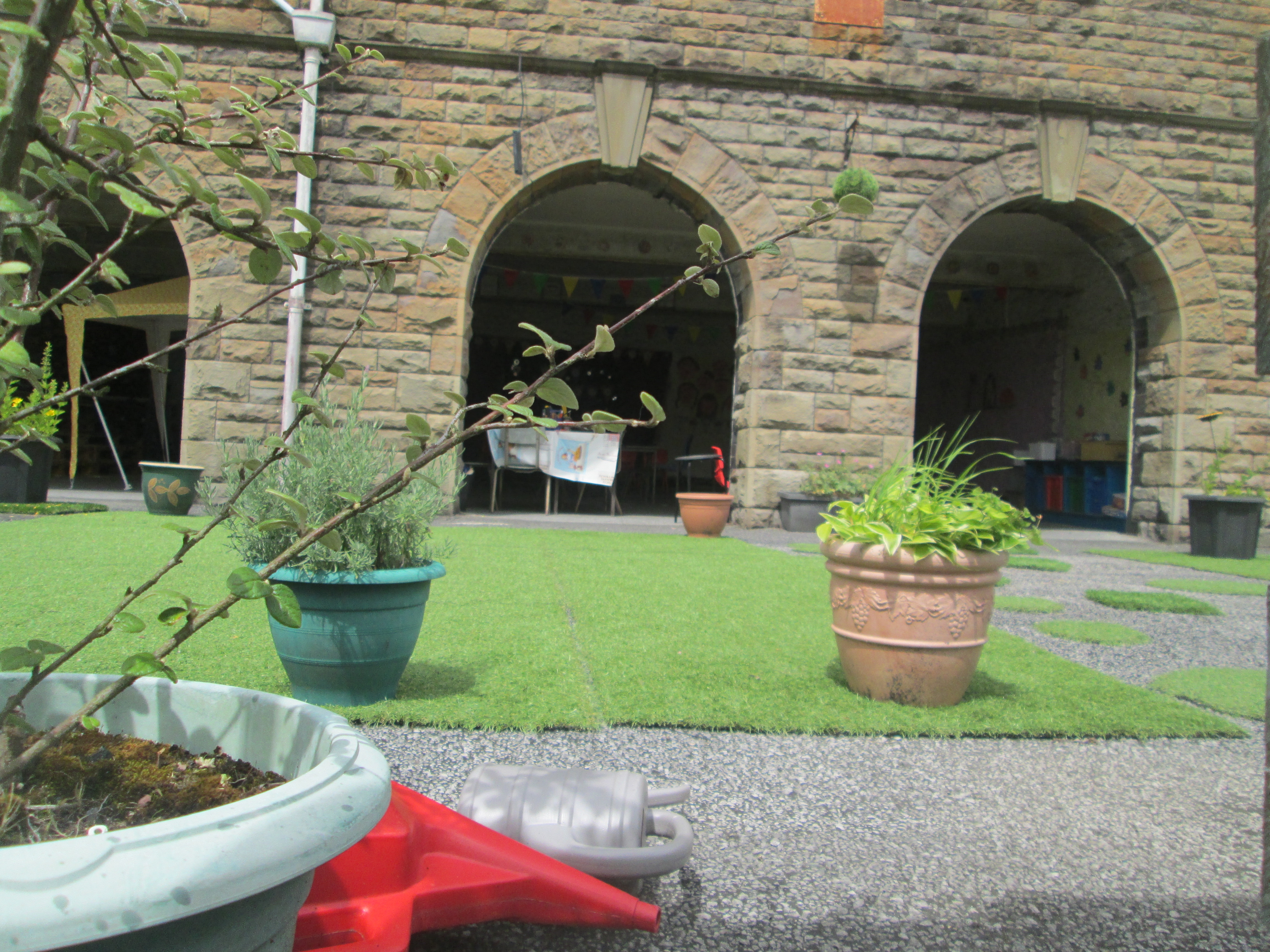
|
|
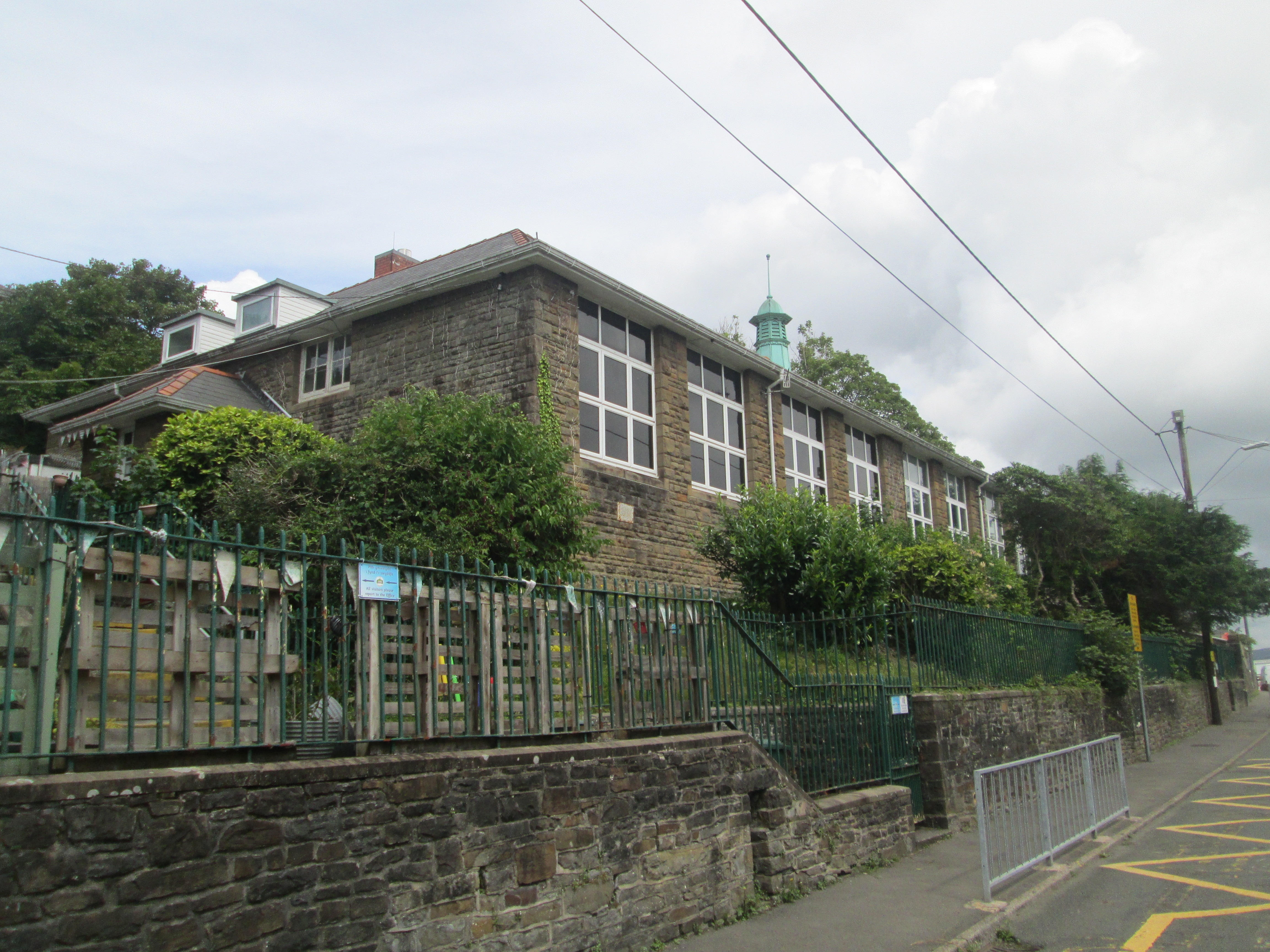
|
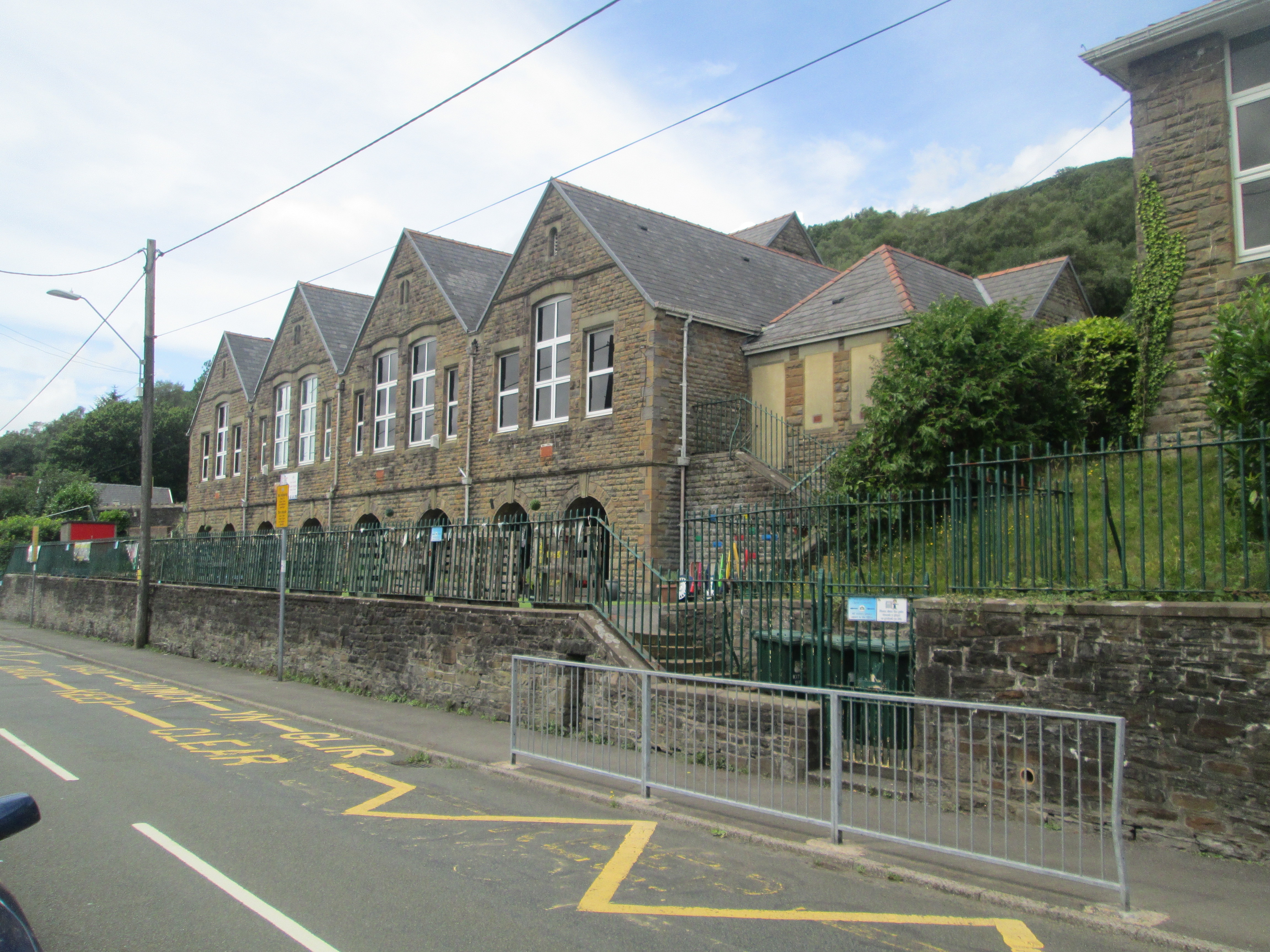
|
Ystalyfera - South Wales
History Articles

Godrergraig School
- Education in the District
- Godre'rgraig School
- Headmasters of the School
- - - Arthur Ivor Davies
- - - John Gerwyn Rees
- Godre'rgraig School Snippets
History Articles
- Eyesores of Ystalyfera
- Blooming Ystalyfera
- Lost Landmarks of Ystalyfera
- Ystalyfera Then and Now
- Our Feathered Friends
- Ystalyfera Swimming Pool
- Pantteg Murder
- British Legion, Ystalyfera
- Bronchitis Valley
- Ystalyfera Cemeteries
- Storm Damage
- Cemetery Damage
- A Sacred Promise
- Historian Noel Watkins
- Yan Boogie - Eileen Baker
- Dangerous Bridges
- Interesting Snippets
- Jewish Cemetery, Swansea
Email Yeargroup:
yeargroup@hotmail.co.uk
Email Wolfian Design:
webdesign@wolfianpress.com




















